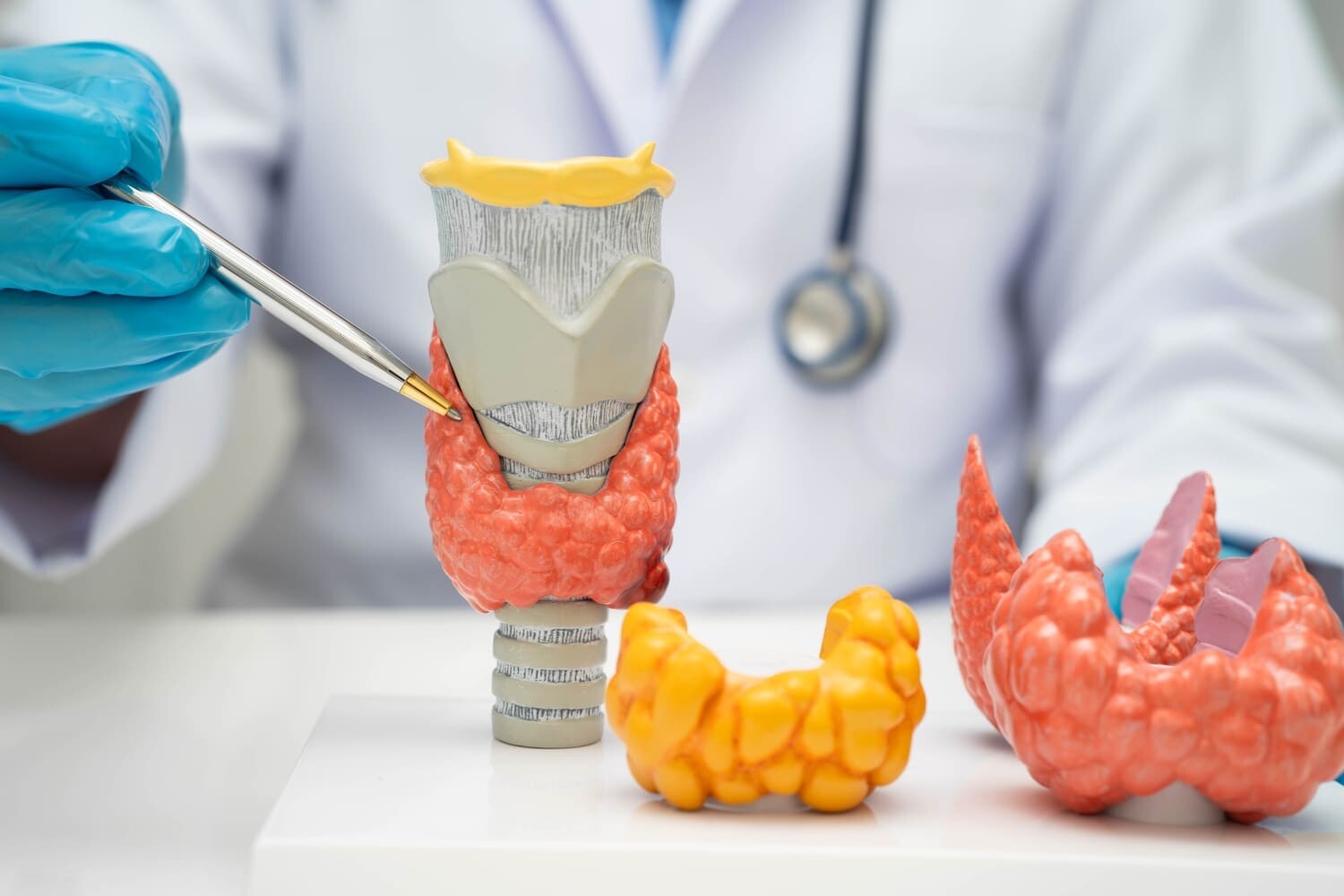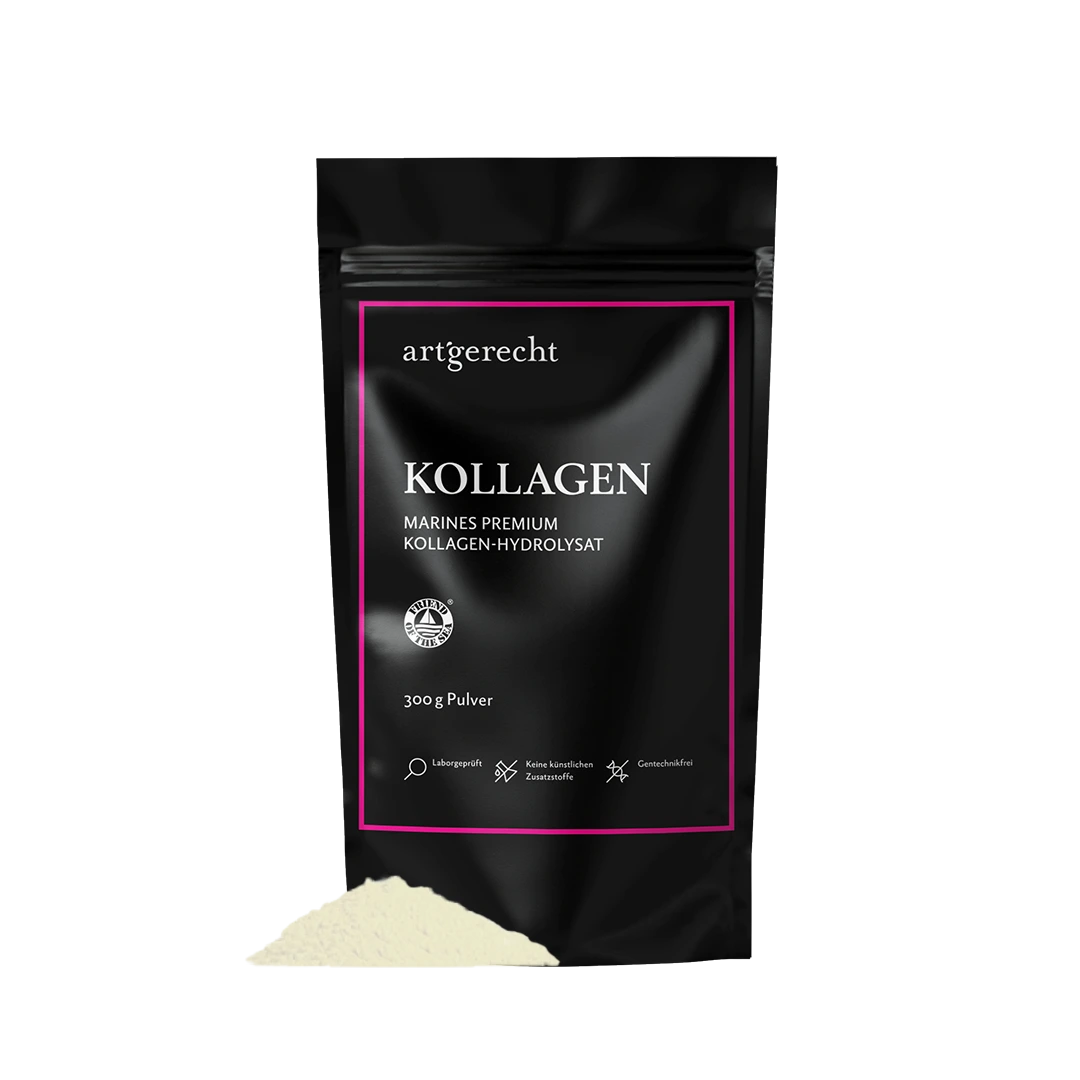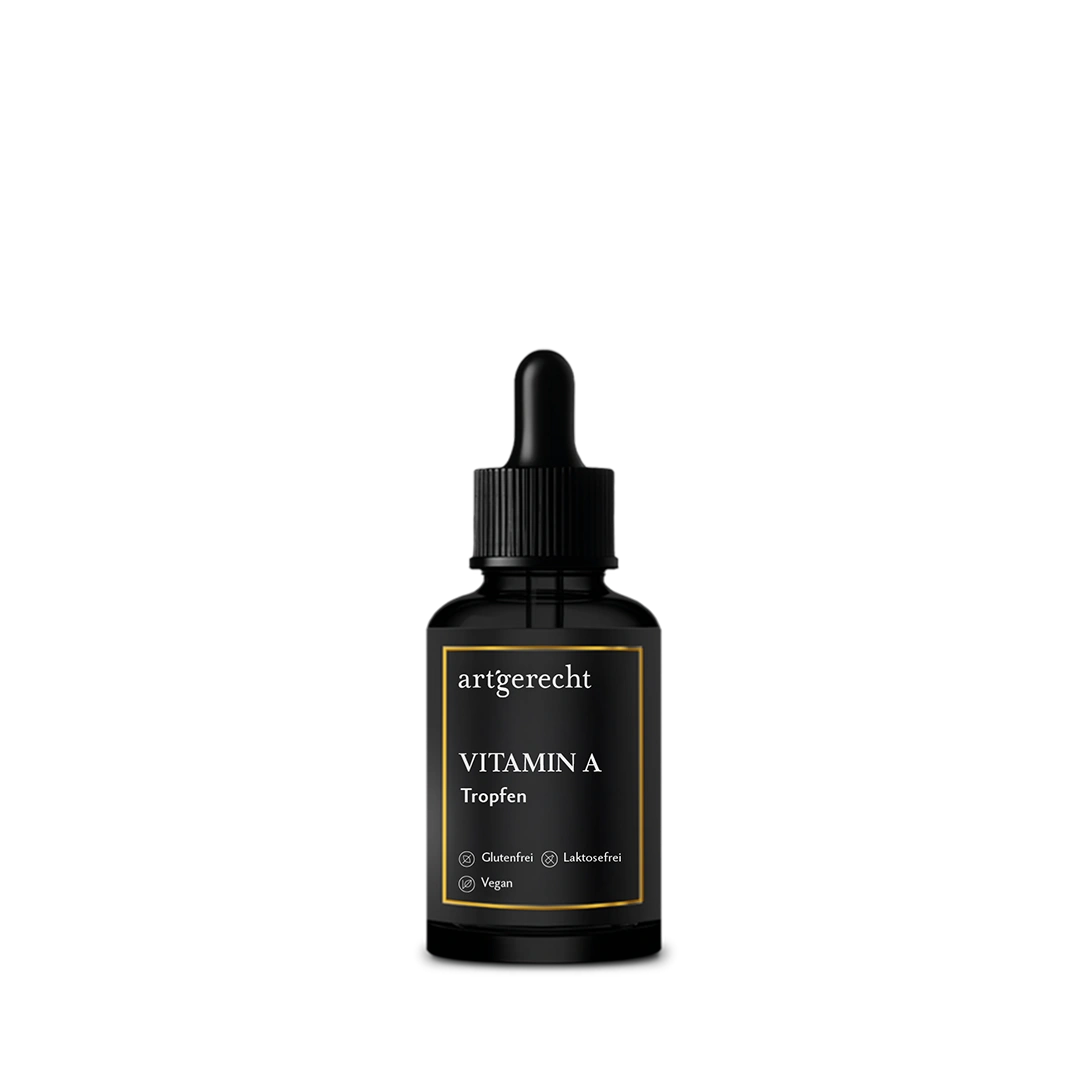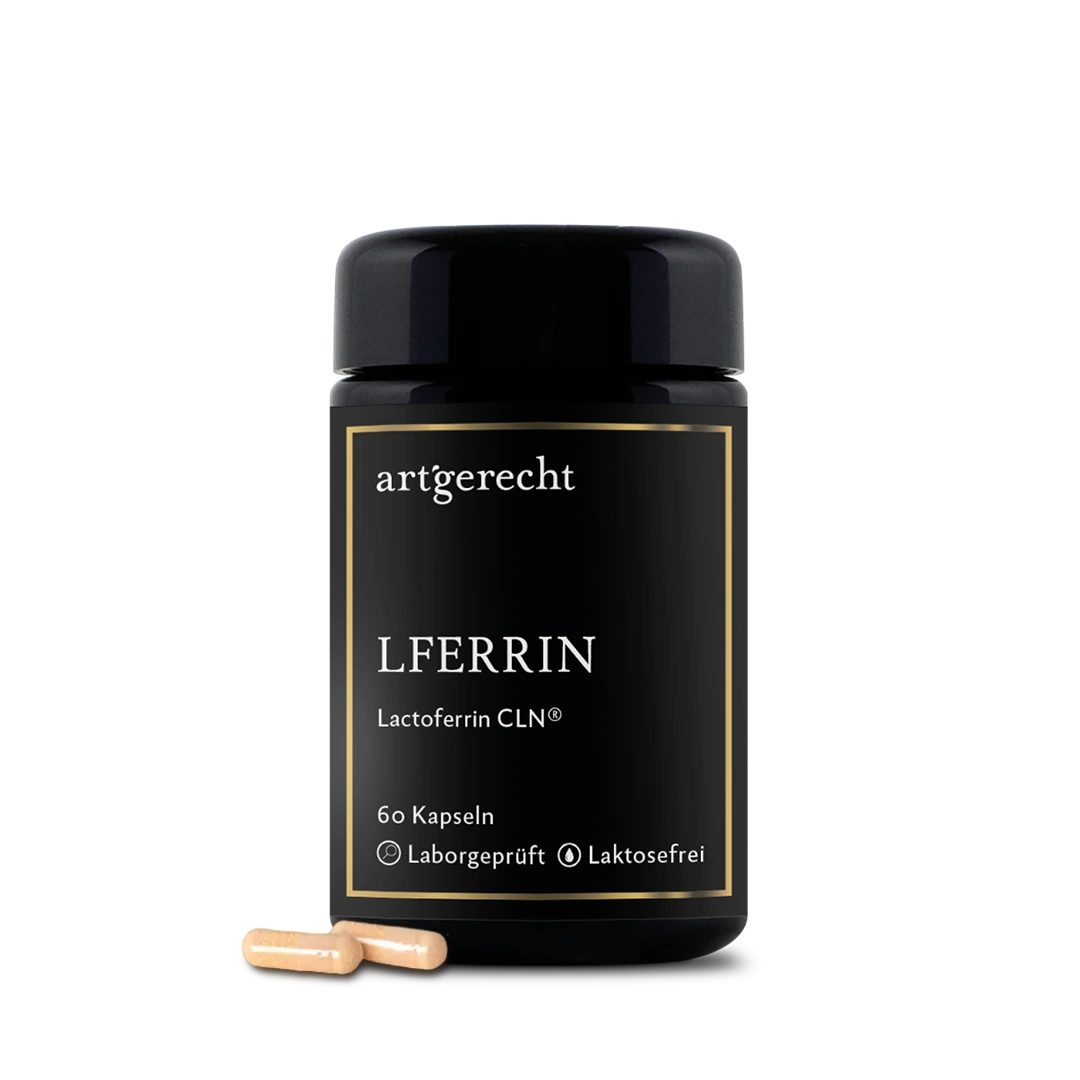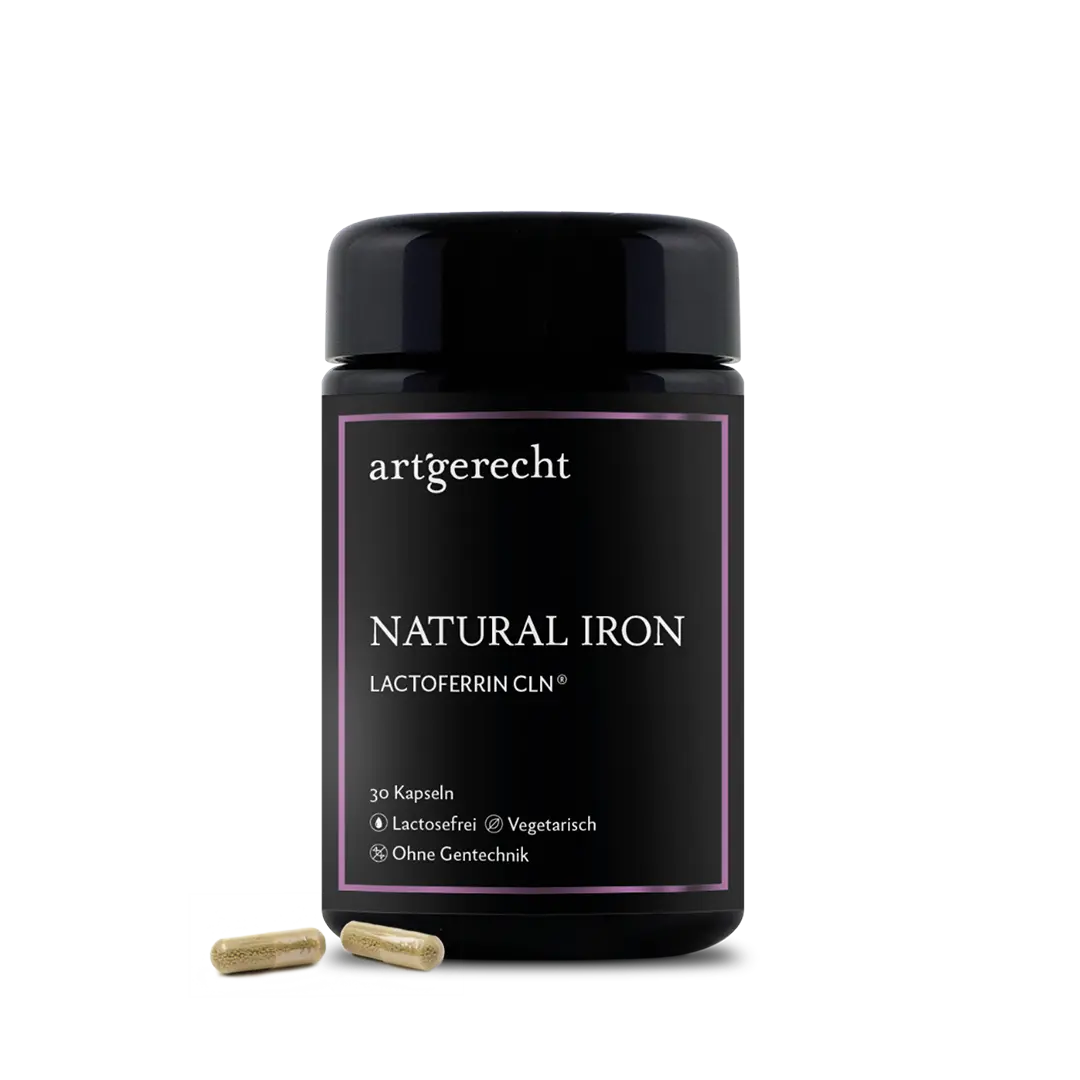- The immune defense – Our body's own accident insurance
- How does the immune defense work?
- Difference between immunity and tolerance:
- What is the connection between the gut and the immune system?
- What weakens the immune defense?
- Was stärkt die Immunabwehr?
- Strengthening the immune system through nutrition
- Literature:
The human immune system has contributed significantly to the fact that we have settled all over the world and have been able to adapt to the respective environmental influences. Whether heat and cold, toxins or an infection, e.g. by bacteria or viruses - all these environmental influences have to be dealt with by our immune system. In doing so, it is in close „exchange“ with the intestine, where most of our body's immune cells are located. But why is this interaction so important?
The immune defense – Our body's own accident insurance
The immune defense consists of a variety of organs, cells and molecules with different functions. Together, they are able to protect us from many different dangers. This involves not only defending against external stimuli, but also dealing with the body's own tissue. If we are injured, wound healing depends on the immune system. If an endogenous cell dies, is infected with a virus or mutates into a cancer cell, it must be broken down by the immune system.
How does the immune defense work?
The trigger for an immune response is always a stimulus. Depending on the stimulus, certain messenger substances (cytokines) then alert the relevant special units and direct them to the danger zone. What happens next is determined by a sensitive mixture of messenger substances together with the perception of the immune cells via various receptors. This process is called inflammation. Inflammation is therefore a vital protection and at the same time the beginning of healing.
What is meant by specific and non-specific immune defense
?Simplified, we can say that we have two ways in which the body's own defenses react to a stimulus:
The nonspecific defense, i.e. the natural immune system, is our first line of defense. It includes all barriers, such as the skin, lungs or intestines. It also includes non-specific immune proteins and macrophages, the so-called „phagocytes“, which belong to the white blood cells and are responsible for the destruction of bacteria, viruses or toxins. This first line of defense protects us daily from all kinds of pathogens and acts quickly and efficiently. Intruders are eliminated within minutes to hours and we don't even notice it
.For everything that has made it past the barrier and wants to spread in the body, there is the second line of defense, the specific defense, or adaptive immune defense. As the name suggests, there is a special feature here, because this part of the immune system is able to learn. During childhood, we repeatedly experience various diseases and constantly learn new surface structures, which help to train our specific immune defenses. As a result, we develop immunity or tolerance to antigens (foreign substances).
Difference between immunity and tolerance:
Immunität
The specific immune response is directed against the defense of certain surface structures of pathogens. This occurs, for example, in the form of antibodies such as immunoglobulin E (IgE), which is used in allergic reactions, among other things. This allows a much more targeted approach to be taken against the pathogen. However, it takes around one to two weeks for the immune system to really pick up speed with a new pathogen. After an infection, we benefit from a long-lasting immunity to the pathogen, as its surface structure has been memorized and the appropriate antibody can be formed quickly. Vaccination is also based on this principle, except that no living pathogens are used here.
ToleranceIn some cases, our immune system reacts excessively, i.e. inappropriately or hypersensitively, to certain substances from the environment. We develop a tolerance for these substances so that our immune reactions are not too excessive and are therefore directed against substances that are either endogenous or harmless and foreign to the body. We train this tolerance particularly in early childhood, especially through the intake of new foods and contact with microorganisms [1].
What is the connection between the gut and the immune system?
About 80% of all immune cells are located in the intestine, which makes sense given the large surface area (or barrier):
The over 500m2 large interface to the outside world is the biggest interaction surface.largest area of interaction with foreign antigens in the body [2]. Every time we eat, our immune system has to decide whether something dangerous or foreign has slipped behind the barrier and poses a threat to us. A healthy and balanced intestinal flora serves as a second protective shield, as the biofilm of „good“ bacteria ensures&r that “bad bacteria”, i.e. pathogens, have a harder time settling in [3].
There is therefore a large interface between the intestine and the immune system, and this has been the case since birth. This is because breast milk not only contains nutrients that nourish the child, but also immune proteins such as lactoferrin and certain dietary fibres such as human milk oligosaccharides (HMOs). These have a considerable influence on the child's intestinal flora and therefore also on the development of the child's immune system [4][5]
However, the intestinal flora not only plays a major role in the development of the child's or innate immune system, but also in chronic diseases.
What weakens the immune defense?
- Stress and unmanageable mental health problems
- leaky gut, skin or lung barriers
- Poor intestinal bacterial flora
- environmental pollution, noise, smog
- lack of exercise
- Intake of bad fats(omega 6, trans fats)
- Increased meal frequency
- ./li>
- High calorie foods
- Sugar
- Tummy fat
Was stärkt die Immunabwehr?
Healthy fiber is the basis for healthy intestinal flora [7]. If there is always enough fiber in our diet, we can be sure that our little bacterial friends live in symbiosis with us and that we benefit from each other. A very special dietary fiber comes from our continent of origin, Africa, namely the fruit of the baobab tree. Several studies have shown that indigenous peoples such as the Hadza, who regularly feed on baobab, have a significantly higher diversity in their microbiome compared to Western Europeans./strong>, compared to Western Europeans, [8] [9] [10]. This diversity ensures a good balance in the flora and relieves our immune system [11] [12] A healthy intestinal flora acts like a second skin that pathogens and foreign substances cannot easily penetrate.
The amino acid L-glutamine helps to ensure that our skin/intestinal barrier also remains well sealed. This prevents the deterioration of intestinal permeability and maintains the structure of the mucous membrane [13]. L-glutamine is also an important component for the immune function itself. For example, it serves to increase the cells of the specific immune defense and helps the phagocytes of the non-specific immune defense to increase the absorption capacity of foreign substances [14].
.Strengthening the immune system through nutrition
In addition to baobab, there are other plant-based foods with „good“ fiber that have a very beneficial effect on our intestinal flora:
- Macadamia nuts
- Almonds
- Pistachios
- Artichokes
- Chicorée
- Walnüsse
- Hazelnüsse
- Blueberries
- Raspberries
- Red currant
- Blackberries
- Rosy cabbage
- Parsnip
- Broccoli
- Cabbage
- Fennel
- Müml;hren
- Peppers
Literature:
- Bode, L. (2012). Human milk oligosaccharides: Every baby needs a sugar mama. Glycobiology, 22(9), 1147–1162. https://doi.org/10.1093/glycob/cws074
- Brown, K., DeCoffe, D., Molcan, E., & Gibson, D. L. (2012). Diet-induced dysbiosis of the intestinal microbiota and the effects on immunity and disease. Nutrients, 4(8), 1095–1119. https://doi.org/10.3390/nu4081095
- Calder, P. C., & Yaqoob, P. (1999). Glutamine and the immune system. Amino Acids. Springer Vienna. https://doi.org/10.1007/BF01366922
- Fragiadakis, G. K., Smits, S. A., Sonnenburg, E. D., Van Treuren, W., Reid, G., Knight, R., … Sonnenburg, J. L. (2019). Links between environment, diet, and the hunter-gatherer microbiome. Gut microbes, 10(2), 216–227. https://doi.org/10.1080/19490976.2018.1494103
- Kamatou, G. P. P., Vermaak, I., & Viljoen, A. M. (2011). An updated review of Adansonia digitata: A commercially important African tree. South African Journal of Botany, 77(4), 908–919. https://doi.org/10.1016/j.sajb.2011.08.010.
- Mowat, A. M. I. (2003). Anatomical basis of tolerance and immunity to intestinal antigens. Nature Reviews Immunology, 3(4), 331–341. https://doi.org/10.1038/nri1057
- Muthai, K. U., Karori, M. S., Muchugi, A., Indieka, A. S., Dembele, C., Mngomba, S., & Jamnadass, R. (2017). Nutritional variation in baobab ( Adansonia digitata L.) fruit pulp and seeds based on Africa geographical regions. Food Science & Nutrition, 5(6), 1116–1129. https://doi.org/10.1002/fsn3.502
- Sherman, M. P., Adamkin, D. H., Radmacher, P. G., Sherman, J., & Niklas, V. (2012). Protective proteins in mammalian milks: Lactoferrin steps forward. NeoReviews, 13(5), e293–e301. https://doi.org/10.1542/neo.13-5-e293
- Turroni, S., Fiori, J., Rampelli, S., Schnorr, S. L., Consolandi, C., Barone, M., … Candela, M. (2016). Fecal metabolome of the Hadza hunter-gatherers: A host-microbiome integrative view. Scientific Reports, 6(August), 1–9. https://doi.org/10.1038/srep32826
- van der Hulst, R. R. W. J., von Meyenfeldt, M. F., Deutz, N. E. P., Soeters, P. B., Brummer, R. J. M., von Kreel, B. K., & Arends, J. W. (1993). Glutamine and the preservation of gut integrity. The Lancet, 341(8857), 1363–1365. https://doi.org/10.1016/0140-6736(93)90939-E.



